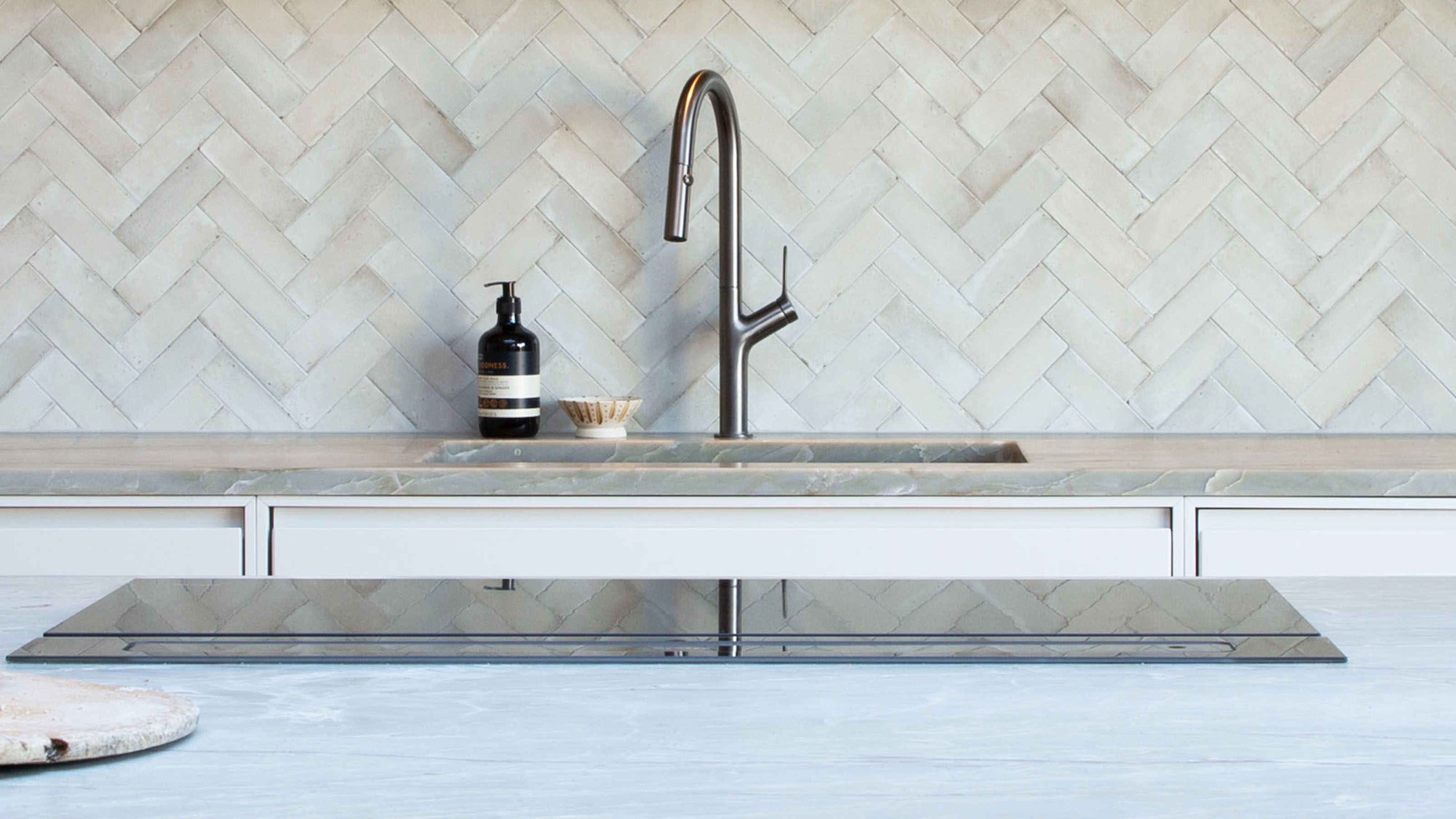
Outdated designs or impractical choices can age your space faster than a cheetah on roller skates – and the kitchen tap is no exception. If you get it wrong, it can throw off your entire aesthetic, not to mention make sink-based tasks way more tedious than they need to be.
Whether it’s an ill-judged finish that clashes with your cabinetry, a spout that’s too stunted to fill your biggest pans, or a shape that sacrifices function for fanciful trends, the wrong tap can be a daily reminder of your poor research skills and bad life choices. Quality is important, too. "Nothing looks more outdated than a tap with a finish that has badly deteriorated," points out Nigel Palmer from Perrin & Rowe. But don't worry, with a little insider know-how, you can dodge the most common pitfalls and select a tap that’s practically perfect in every way.
So, if you want to stay ahead of the latest kitchen tap ideas for your sink, we’ve cued up the seven common kitchen tap mistakes before you make them—and offer our sagest advice on how to pivot back to the fashion-forward design boss we know you are.
1. Sticking With a Basic Style
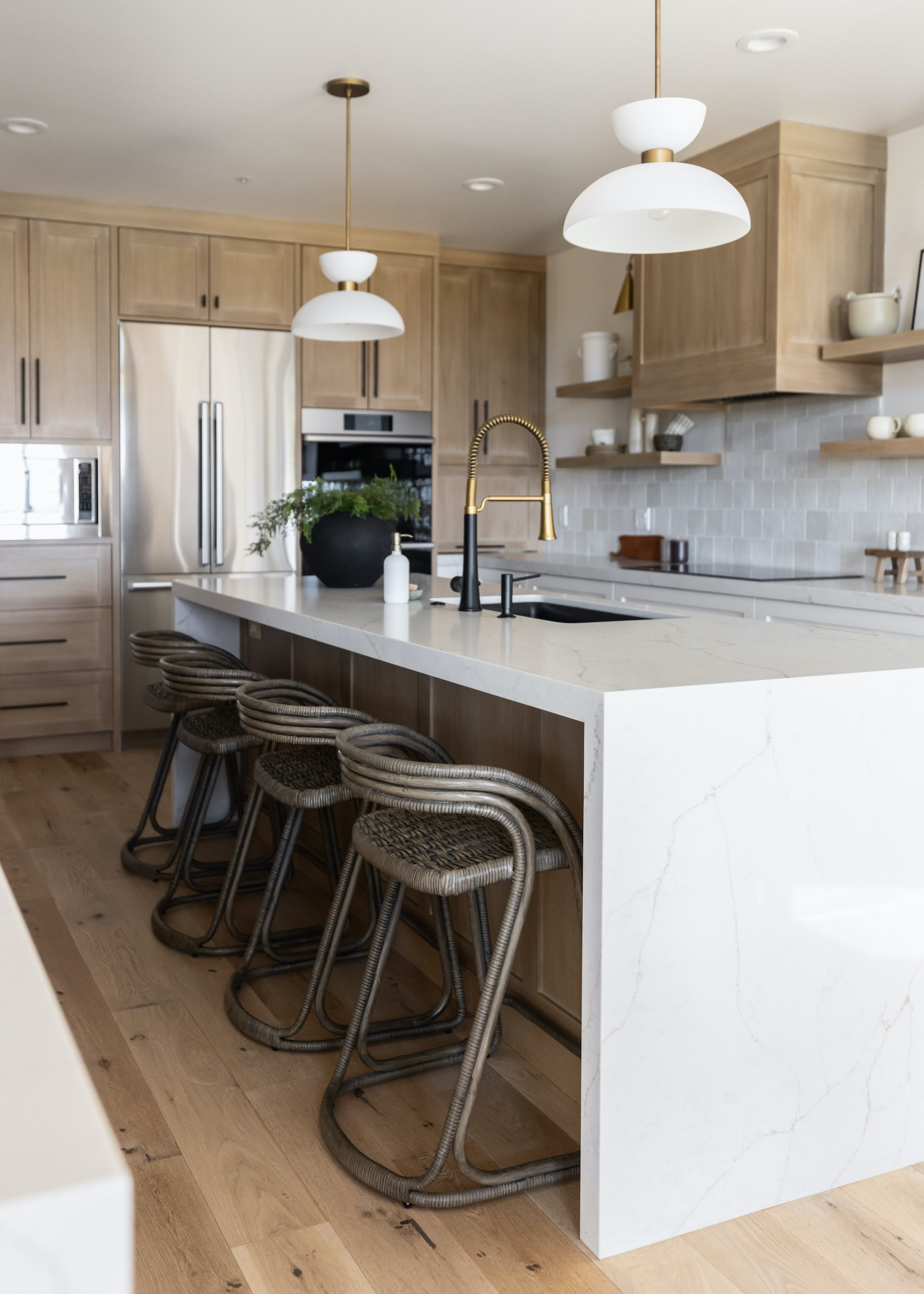
While a plain, no-frills tap might seem like a safe, timeless choice, simply because there’s nothing to tire of, it can end up feeling flat in a modern kitchen. And by flat, we mean unadventurous, forgettable, and frankly, a little dull.
To avoid this and to stick to the latest kitchen trends, interior designer Dean Keyworth recommends looking for a tap with subtle yet stylish details – think elegant curves, a striking handle shape, or a finish that adds depth, like brushed brass and/or matte black.
"Even a classic design can feel fresh with the right material and proportions, so don’t be afraid to upgrade to something with a little more personality," he explains. "A distinctive tap can act as the perfect finishing touch, creating a talking point while still feeling timeless and considered."
2. Not Coordinating With Other Hardware
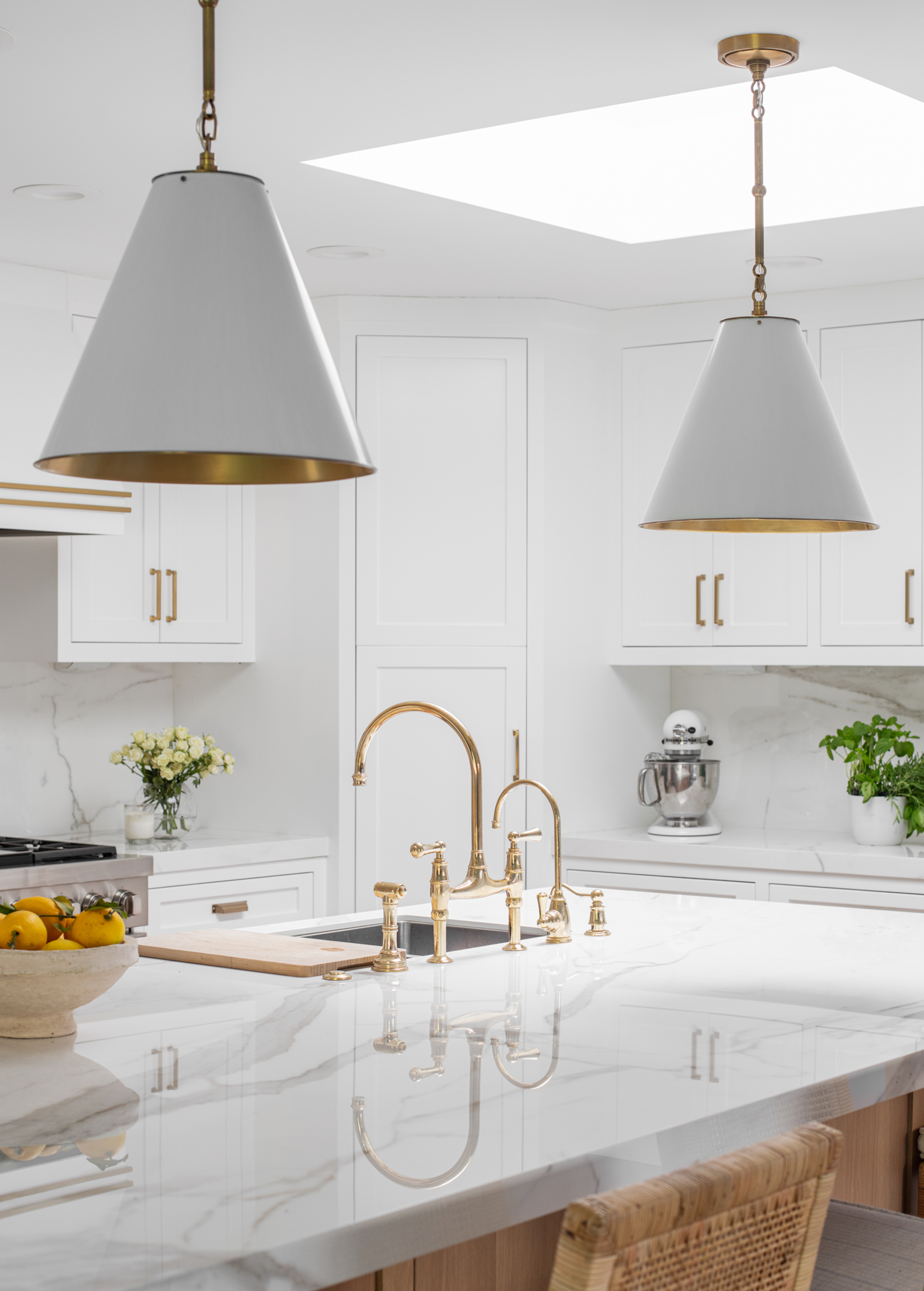
A chaotic clash of mismatched metals can leave your kitchen feeling disjointed at best. At worst, it can drag down the entire design. That’s not to say you need to go full Barbie-grade matchy-matchy with all your brassware finishes (unless that’s your thing), but ignoring how different metallics interact can result in a space that lacks cohesion.
One approach is to intentionally coordinate your tap finish with your cabinetry hardware, creating a polished, well-thought-out look that aligns with the level of sophistication you're after. Choosing a brand that offers both taps and handles in the same finish can make this easier, because when matching, precision is key. A near match can be more jarring than a deliberate contrast.
Alternatively, mixing finishes can add depth and character – if done with intention. "When executed well, mixed metals create a more relaxed and layered aesthetic," says Dean Keyworth. "The trick is to stick to two or three distinct finishes. For example, chrome and nickel can look like a near miss, whereas a brushed brass tap paired with black cabinet handles adds contrast without clashing."
3. Installing a Single Function Tap
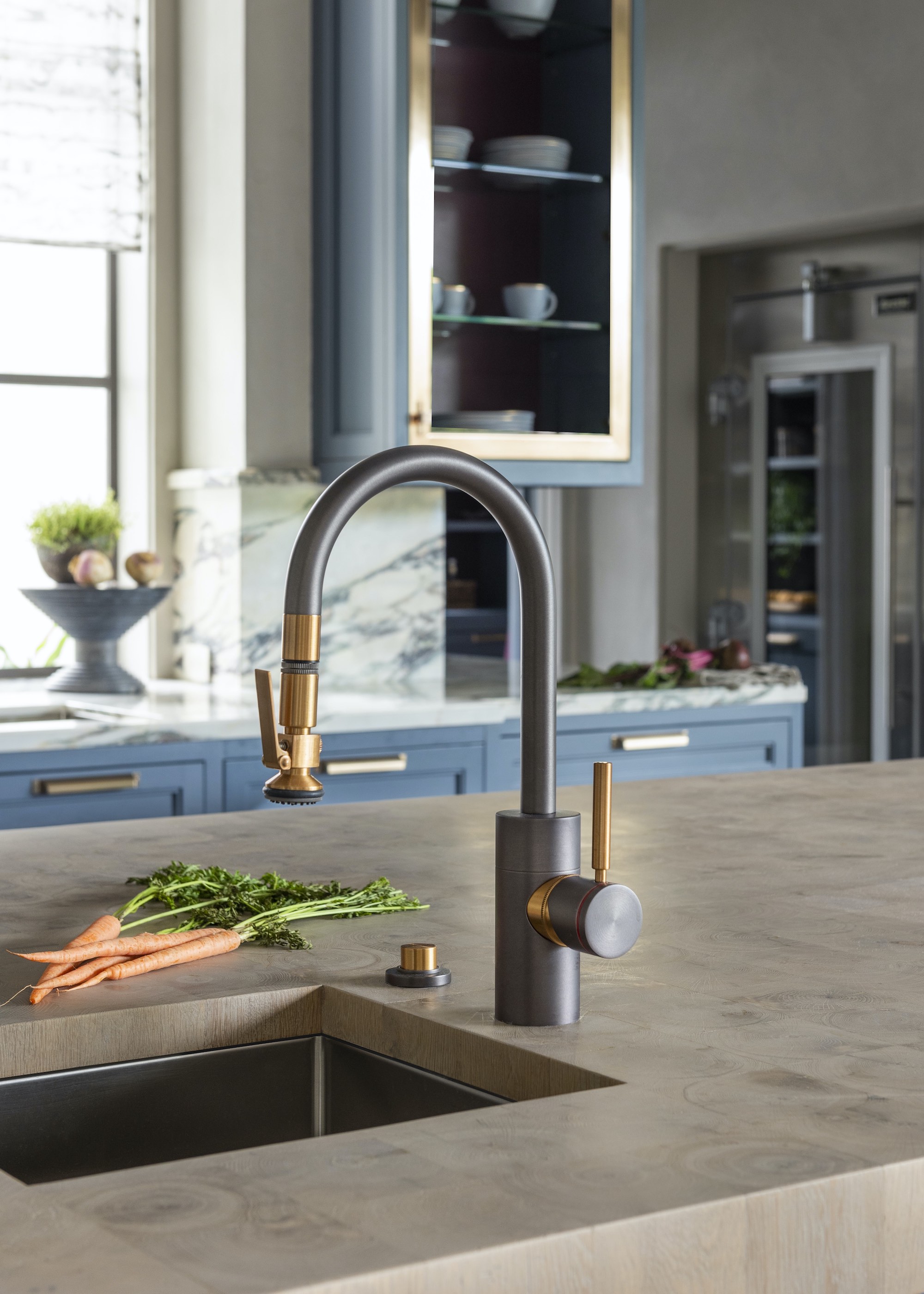
Taps without multi-functionality lack the convenience today’s kitchens demand and can also feel less luxurious in high-end spaces. They’re spot on for a back kitchen or utility, but for your main sink, a few smart features can boost functionality and give your kitchen a more contemporary edge.
Think pull-out sprays for effortless rinsing, swivel spouts for added flexibility, sensor controls for hands-free operation, or even built-in boiling water capabilities. Not every tap needs to do it all, but selecting the right functions for your lifestyle can make a huge difference.
"The features you choose are very much a personal decision," says Benjamin Peak, co-founder of Varied Forms. "If instant boiling, filtered, or sparkling water is a priority for you, there are plenty of taps to suit your needs. Beyond the added convenience, they also help declutter your countertops — replacing kettles and water jugs — while cutting down on plastic waste from bottled water."
4. Overlooking Designer Details
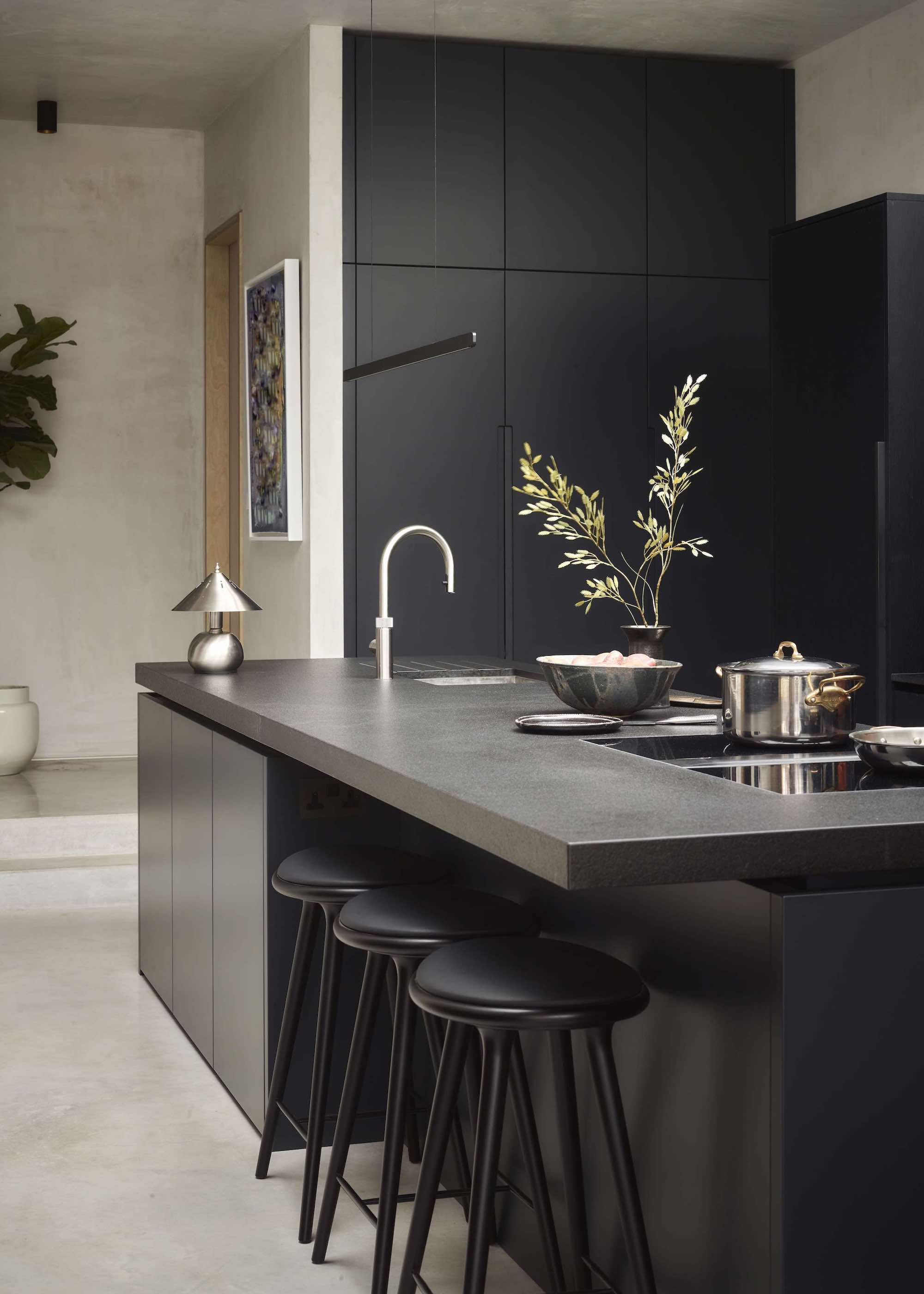
Run-of-the-mill, mass-market taps can lack the thoughtful detailing that elevates a kitchen. Plain tap shapes with no distinctive styling moments feel generic and old-fashioned. For kitchen designer Ben Hawkswell from Roundhouse, it’s often the smaller details that make the biggest impression, particularly in modern minimalist kitchens.
"Look for taps with distinctive silhouettes or subtle details, like knurled handles or discreet trims," he says. "By thoughtfully integrating these intricate elements with the overall kitchen style, you will create cohesive design cues that enhance the space’s sophistication and unity."
The solidity and construction of a tap are equally important here. Opt for taps crafted from high-grade materials like solid brass or stainless steel and featuring high-quality ceramic disc valves for smooth, leak-free operation. Superior craftsmanship not only enhances functionality but also contributes to a more refined aesthetic that will help prevent your new tap from appearing outdated.
5. Ignoring Tap Height and Scale
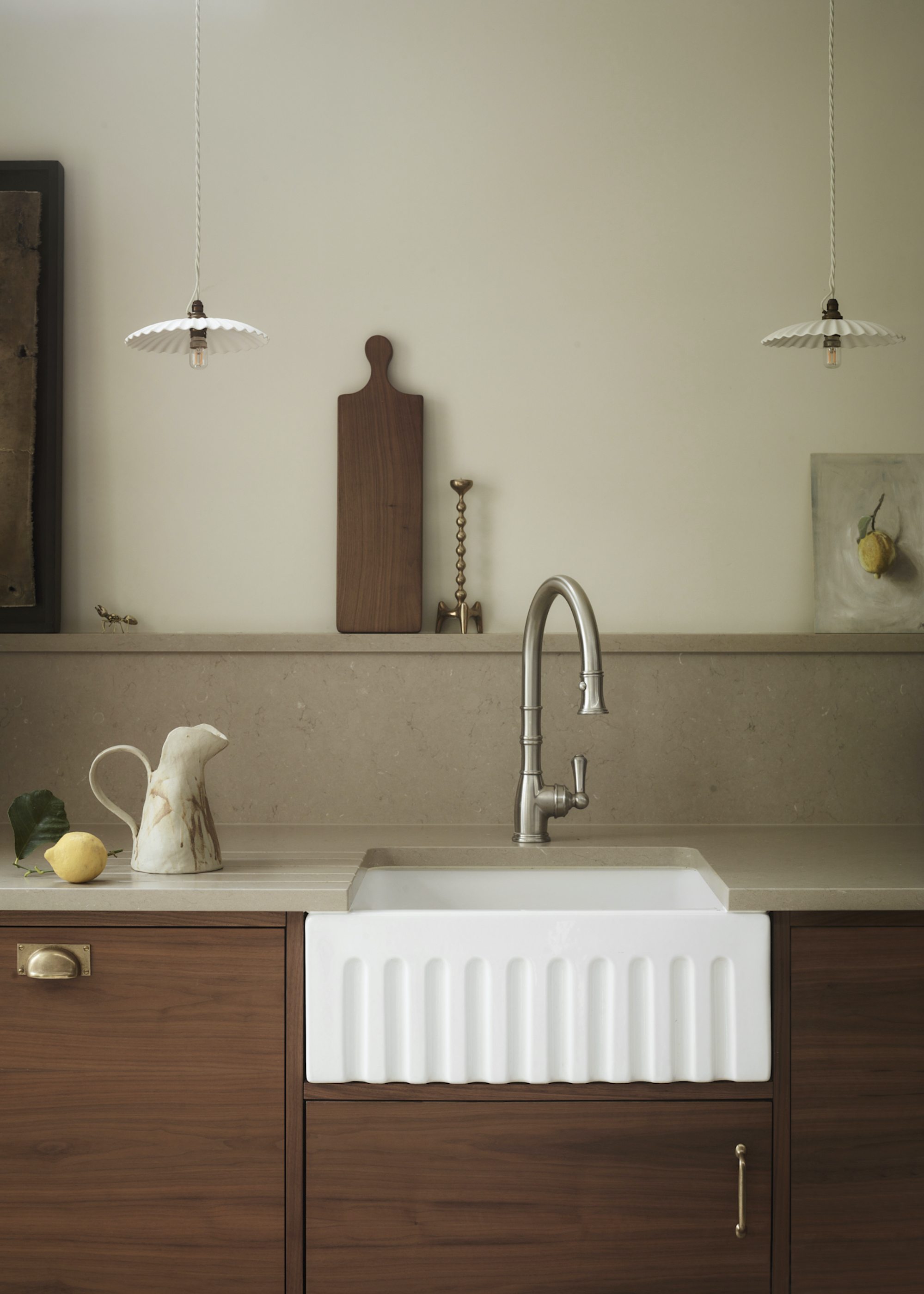
A tap that’s too short or too tall, too chunky or too skinny, can disrupt the proportions of your sink area and make it look weirdly outdated. It can also make everyday tasks like filling pots awkward, which is nothing short of annoying.
To get it right, you need to think about the scale of the kitchen sink below, and also what’s going on around the sink area – particularly with regards to any upper cabinets or shelving. A high-arched spout is perfect for deep, wide sinks (a teeny tap would look totally wrong here), whereas a more compact tap with a lower profile suits smaller sinks or kitchens with restricted counter space.
"Balance is key, you need to choose a tap that doesn’t overwhelm the design, while still offering functionality," says Ben Hawkswell, senior designer, Roundhouse. "Pay particular attention to the gap between the highest point of your tap and anything above and behind it, including the height of the splashback and avoid any visual clashes. It shouldn’t feel too lost or too tall within its space."
Nigel Palmer from Perrin & Rowe also points out the importance of the spout reach. "Check the overhang of the spout against the depth of the sink - you don't want it stretching too much over halfway, but if you have a double-bowl sink it will need to be long enough to reach both bowls comfortably," he advises.
6. Not Considering Water Efficiency

Older taps without built-in water-saving technology not only waste resources, but they can also scream an out-of-touch design choice. In today’s eco-conscious design world, it’s essential to seek out taps that combine sustainability and style.
A built-in aerator is one simple yet effective solution. Tucked into the end of the spout, it mixes air with water to create a powerful stream that uses less water and minimizes splashing – always a bonus. Also look for taps with low-flow valves or adjustable flow settings. These features let you switch to an eco-friendly mode for tasks like hand washing and rinsing vegetables, which can be wasteful (especially when children are involved), and then ramp up the flow when you need to fill a pan quickly.
"Sustainability isn’t just a buzzword – it’s a design imperative," says interior designer Dean Keyworth. "Upgrading to a water-saving tap is a smart move that enhances your environmental footprint and overall kitchen design. When you invest in a tap that combines efficiency with modern style, you’re making a statement about innovation and responsibility. It’s a subtle yet powerful way to keep your space feeling current."
7. Ignoring Color Trends Entirely
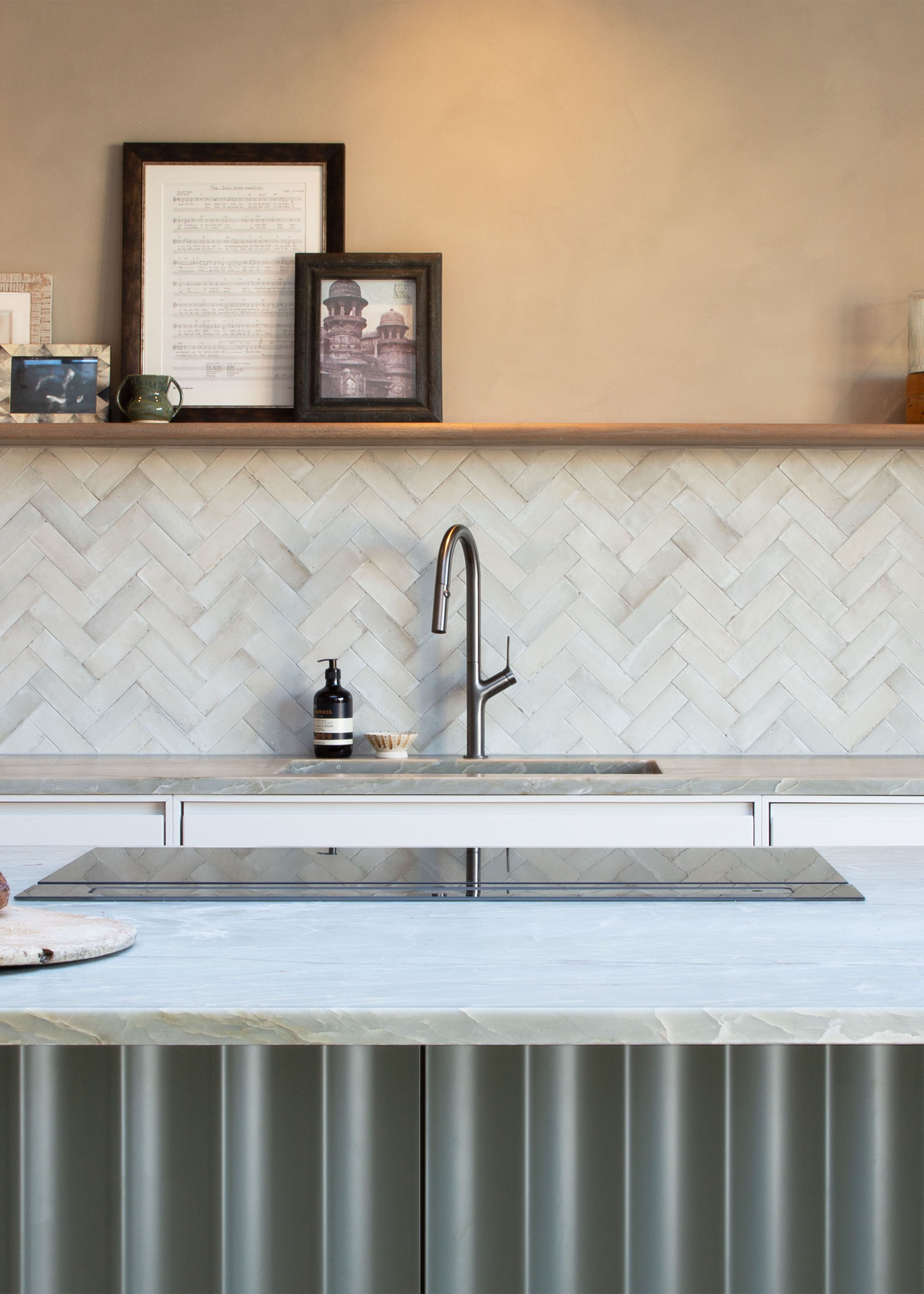
Tap trends tend to focus heavily on color, and an out-of-date finish is the fastest route to a kitchen that feels passé. Staying updated on the latest metallic trends across both the kitchen and bathroom, which often mirror each other, will help you steer clear of any major color faux pas and a kitchen that’s already behind the times.
So, what color trends should we be tapping into? As we predicted last year, chrome metallics are back on the agenda. "Currently, we are seeing the start of a movement away from warm, brassy finishes to cool tones," confirms Benjamin Peak from Varied Forms. "I’m already becoming a fan of a polished chrome tap – durable, clean and simple, everything that feels relevant in today’s unstable world."
The joy of cool metallic finishes, such as chrome, steel, nickel, and silver, lies in their versatility. They coordinate easily with stainless steel appliances, and are celebrated for their durability and timelessness, ensuring a tap choice that will last on both the functionality and fashion front.
Pairing with cabinetry in warm colors and finishes, like rich terracotta and dark woods, will keep the chill out and allow cool metallics to stand out. When it comes to tap color trends, it’s cool to stay cool.
FAQs
What Are the Main Considerations for Kitchen Taps?
There’s the obvious stuff, like choosing a design that complements the rest of your kitchen, fancy French-style taps work better in a country cottage than a minimalist apartment, for example. Then there are the practical features you don’t always know you need until you’ve experienced them. We’re talking pull-out or swivel spouts for added flexibility, touchless or sensor controls for improved hygiene, boiling and sparkling water, and water-saving technologies.
Equally important are the material, durability, and installation considerations. Invest in taps made from high-quality materials like brass or stainless steel to ensure longevity and avoid peeling or unwanted tarnishing (living finishes will tarnish, but that’s a good thing!).
If you're not installing new surfaces, the tap’s design should align with the existing holes in your sink or countertops; a monobloc tap is not going to be an easy upgrade for a three-hole mixer, and vice versa. Also, prioritize ergonomics, especially if any frequent users have mobility challenges, and low-maintenance finishes to prevent you from becoming a slave to buffing and polishing.
The biggest kitchen tap mistake is choosing one on a whim without considering how it fits your space or whether it will last longer than the latest TikTok buzz. Since you're reading this, it’s clear you care about making the right choice – so you're already on track to avoid a poor decision.







